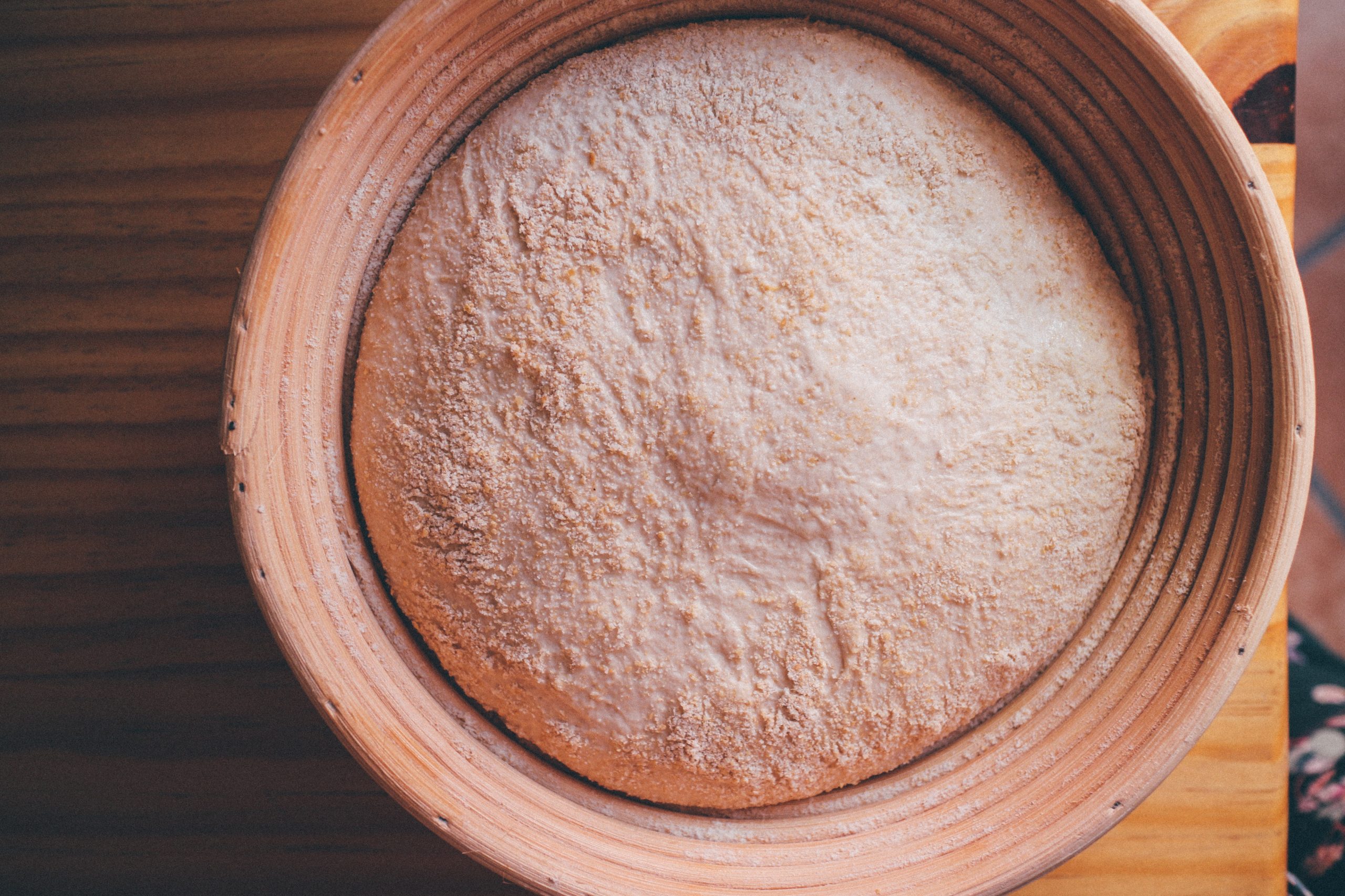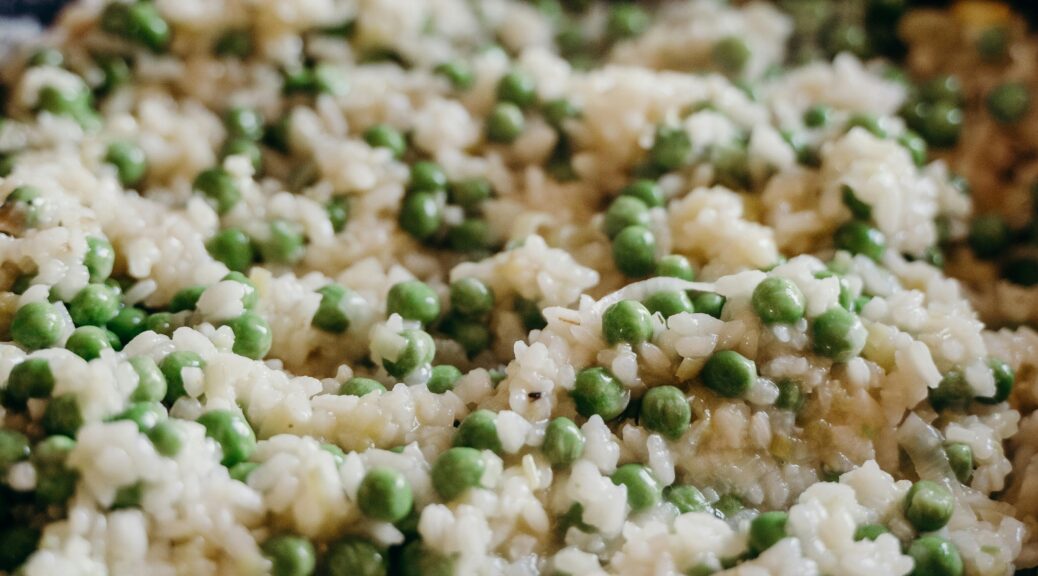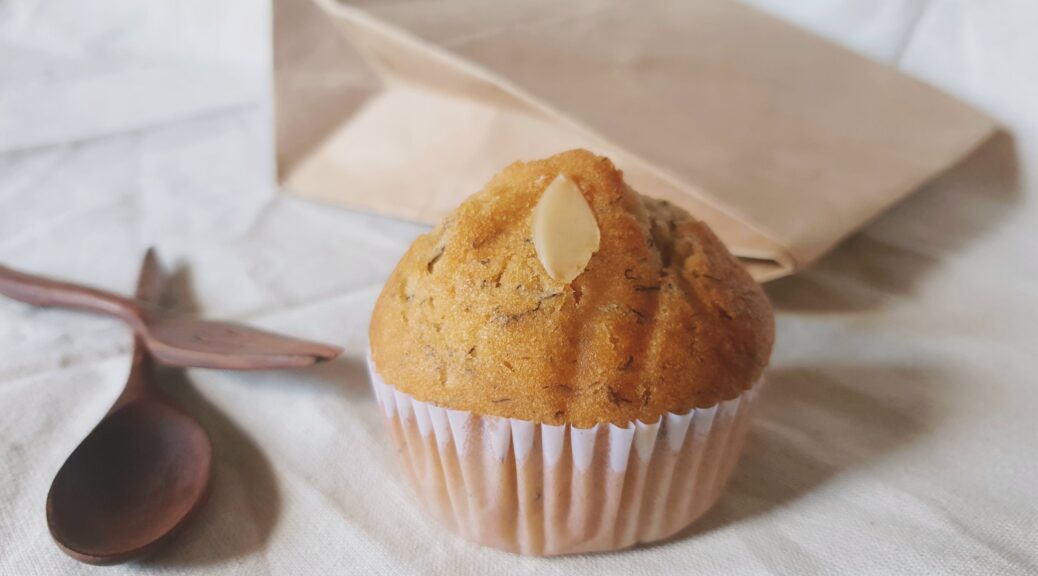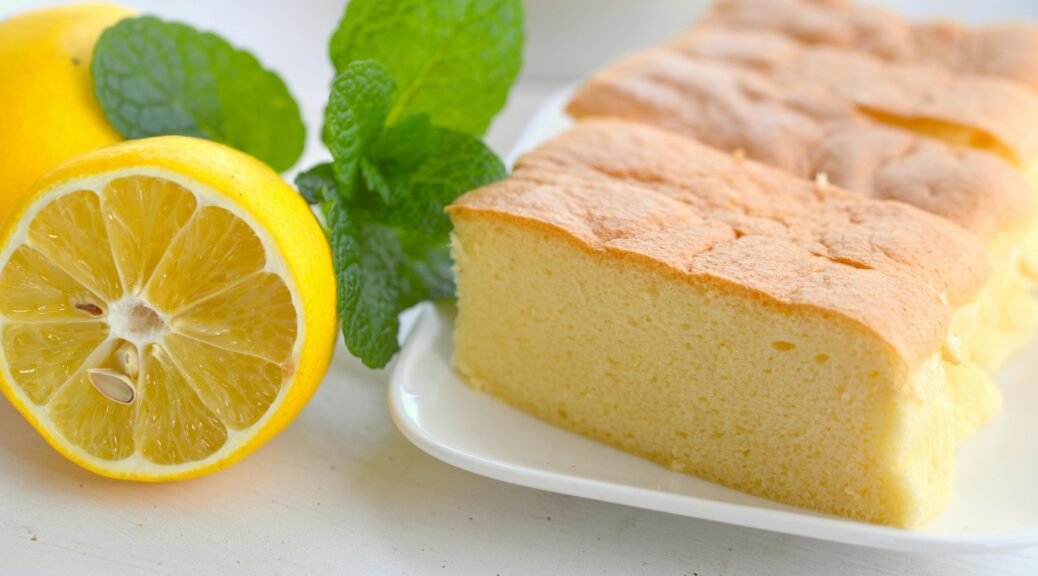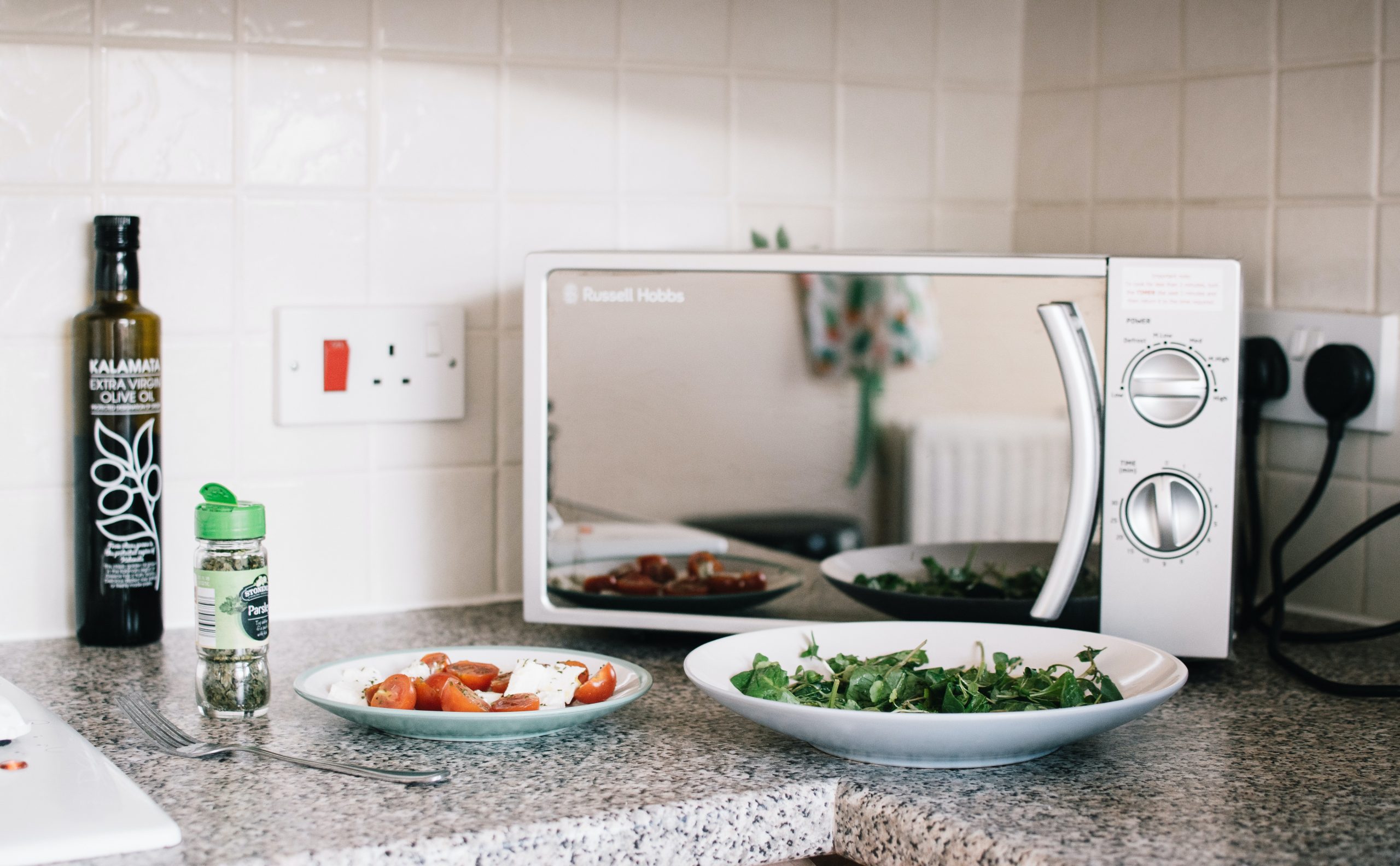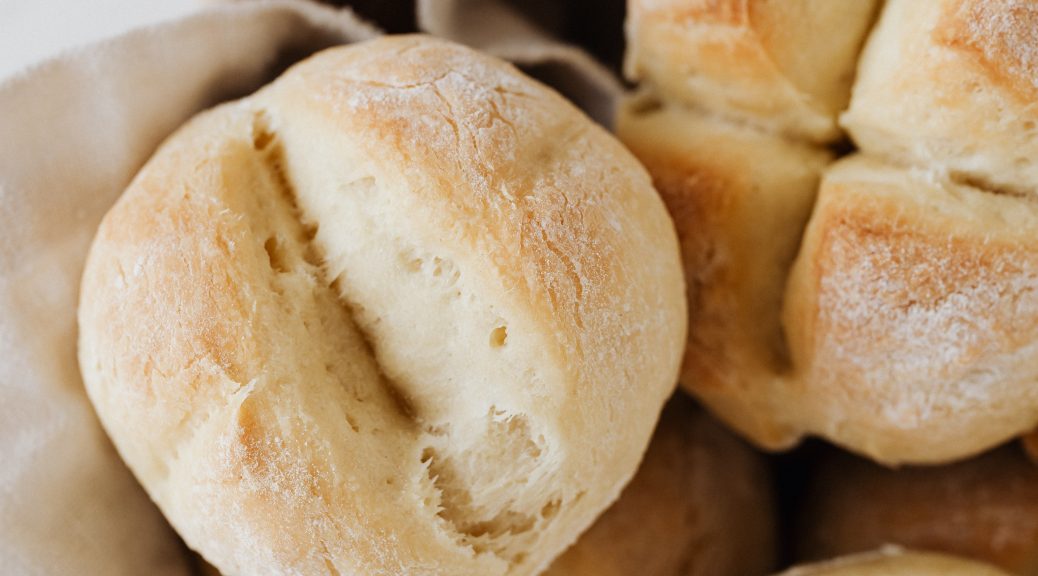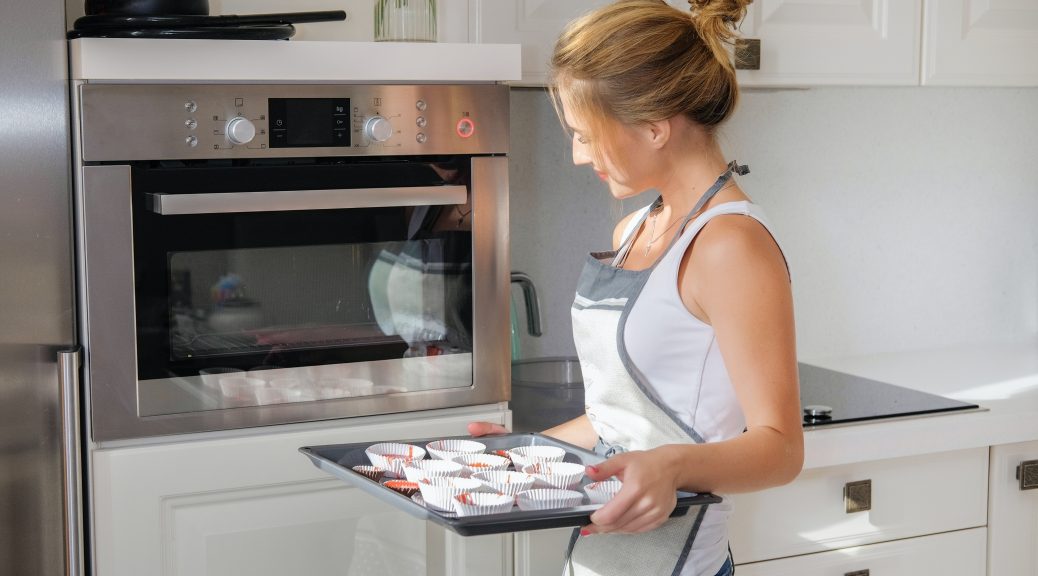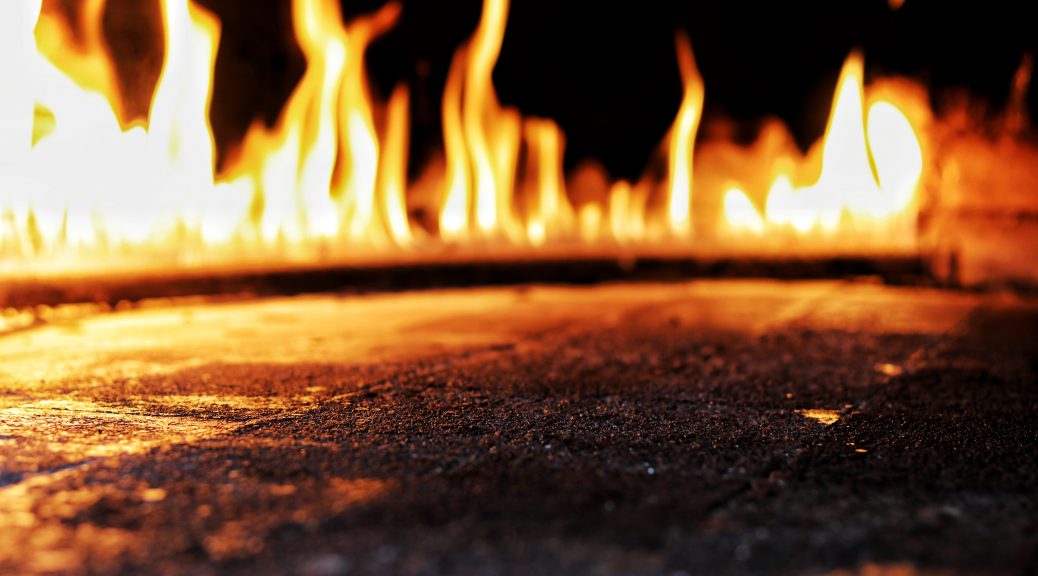Sourdough
The main purpose of this entry is to discuss sourdough and the interest in using it in breadmaking. What is a sourdough? Essentially, a sourdough is a wild culture of microorganisms, more or less cared for and maintained over time. Sourdough begins with a mixture of flour and water, incorporating microorganisms from the water, flour, environment, and surfaces where they are prepared. These sourdoughs may include some salt, and the flours may vary in extraction level or include other grains…
